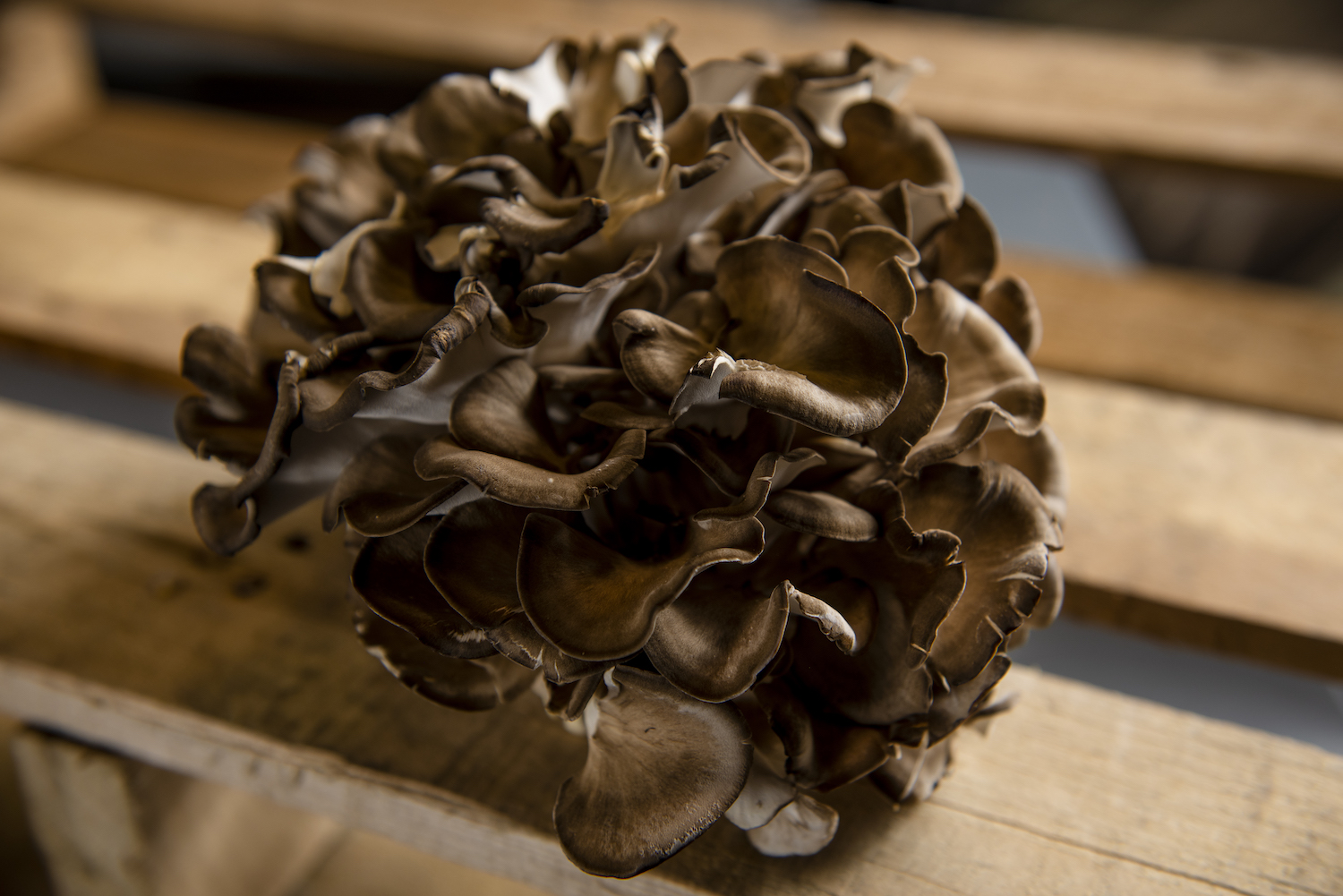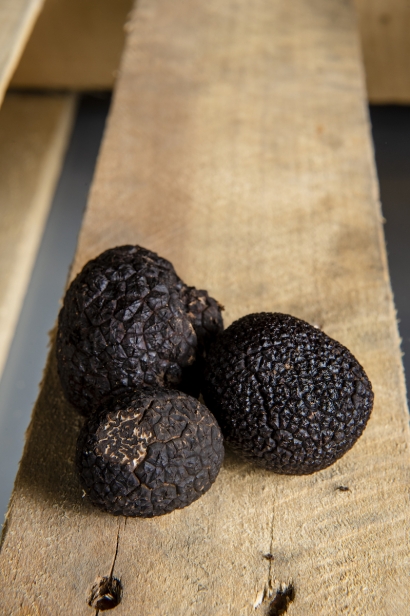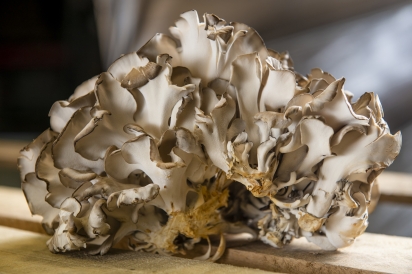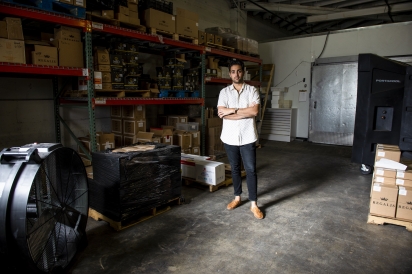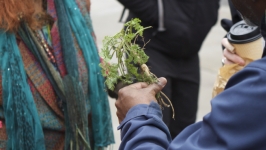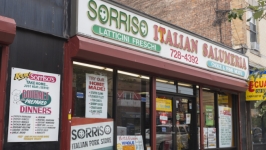Can't Be Tamed: A Wild Food Addiction
Ian Purkayastha is a wild foods expert, sourcer and forager and the founder of Long Island City’s Regalis Foods, one of the most respected and well-known wild food purveyors in the country.
His wild foods obsession began at 15, while mushroom foraging with his uncle in Arkansas. I chatted with Purkayastha to find out more about his penchant for wild and rare foods.
Tell us about the challenges and boons of selling truffles for a living.
Foraging with my uncle is what prompted me to start selling truffles because truffles are considered the king of all mushrooms, and I had always wanted to taste a truffle.
We also sell around 10 varieties of truffles over the course of the year. Truffles used to be so seasonal. You’d have the winter white truffle, which would come into season October through New Year. The winter black truffle would come into season December and go through March. Now with attempts at cultivation in Australia and other parts of the southern hemisphere, the season is reversed, so we pretty much have truffles all year round. The summer truffle grows throughout Italy, France and Eastern Europe but a lot of truffles just come from Eastern Europe now predominantly. A lot of the truffles from France and Italy have disappeared from over-hunting and also just global warming. Global warming is definitely real and is affecting the industry as a whole.
Another specialty ingredient you sell in your warehouse is a line of Provencal steam extract made at Baume des Anges. What makes it special?
Le Bernardin uses it. Brooklyn Fare uses it. Manresa uses it in California. It’s a unique ingredient. The yield is very, very low. It takes almost 100 pounds of a raw herb to distill to five milliliters, which is a very small bottle. I think there are about 55 varieties. So, chefs only need to use one or two drops to flavor a sauce, and because there is no oxidation the flavor of the raw herb is really evident in the final sauce. They don’t move super-fast because each bottle is $500.
What are some of your popular products?
Huitlacoche, which is corn smut, a fungal blight. I would say huitlacoche is definitely one of the most alluring and difficult-to-source ingredients that we purvey. Something that is so rare to find in the United States. I also feel like sea urchin is having a real insurgence at the moment in fine dining, and the many different varieties that we offer are really taking off. Not just Japanese accounts, but a lot of Americanized western restaurants are using sea urchin more than they have ever used anything in the past. Italian restaurants are in love with sea urchin as well. And any form of crab we’re offering. We really like bycatch species, that have been either thrown away or exported to China. We have almost a dozen different species of interesting crabs that we sell live that are considered bycatch.
What are some of the challenges you face in dealing foods from all over the world?
With all the imported ingredients, every single species has to have permission from FDA, so we have to obtain permitting status for every single ingredient. Every week I’m hunting the FDA website to see what new items have been approved for import into the United States, which is why there’s no diversity when you go to the grocery store, and you see the different fruits and vegetables. We’re trying to make a lot of these different varieties more accessible. We offer two dozen varieties of banana, for instance, and a couple hundred varieties of mangos on rotation.
How do you keep all these specialized ingredients well cared for and at their peak?
We built one main walk-in cooler that’s 25 feet by 25 feet with a 10-foot ceiling. That’s where we’ve been keeping almost all of our wild foraged items. The temperature is kept at 37°, and there’s lots of humidity in the fridge because humidity is good for mushrooms, and truffles. Lots of refrigerators wick away all the moisture, which ends up dehydrating a lot of the wild foods. That’s why humidity is so important in that refrigerator. We built a smaller refrigerator to keep all of our meat and seafood but we’ve just knocked that down and begun building an additional fridge that’s 30 feet by 30 feet with a 10-foot ceiling and a wall in the center of it. Meat will go in one section, and we’re building live seafood tanks for the other one. We’re also making a super freezer, which would be able to freeze instantaneously fish and proteins, and that runs at negative 60° Celsius. We’re also taking space next door ’cause we’ve kind of outgrown our space.
What's next for Regalis?
We have close to 15 people here and close to 10 trucks. I think [we are] up to what we can safely do with the stuff that we have here in New York City, but we’ve been expanding to other cities. We just opened our Chicago office, working with two partners in Chicago. And in Texas, we’ve partnered with a specialty distributor that we’d been selling product to for several years, and that’s become Regalis Texas. You really have to be on the ground interacting with the chefs on a daily basis. It’s very hard to ship product cross country and have any sort of real relationship with the customer. But things have been going really well, so it’s very exciting.
Ian Purkayastha | @ianpurkayastha
Regalis Foods | @regalisfoods


